The Last Ferrari 288 GTO Was Enzo Ferrari’s Apology to Niki Lauda
Forty years ago, at the Geneva motor show, a vision in Rosso Corsa paint shone like a beacon in the sea, drawing crowds to the stands of the Ferrari importer and Pininfarina.
Adjacent to the Cavallino Rampante emblem was a badge that hadn’t been seen on a Ferrari since the 250 GTO of 1962. The Gran Turismo Omologato was back, and the world fell head over heels in love with Ferrari’s new generation of supercar.
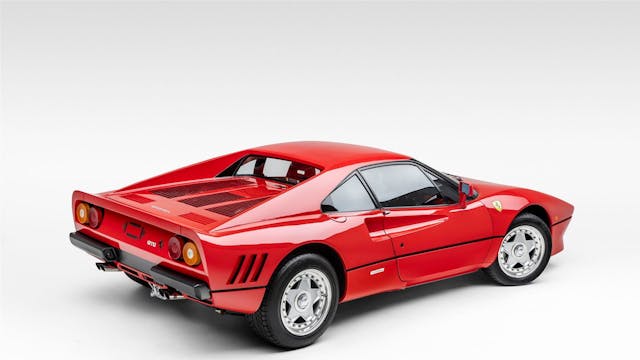
Although it bore a passing resemblance to the 308, the GTO (which would become known as 288 GTO, a reference to its 2.8-litre, V-8 engine) had a longer wheelbase and a tubular-steel chassis, with most of the bodywork molded in fiberglass, and the bulkhead and front bonnet employing a Kevlar fiberglass honeycomb composite, an innovation attributed at the time to Ferrari’s F1 car designer, Harvey Postlethwaite. To this, a whole heap of drama was injected by Pininfarina’s Leonardo Fioravanti. Avanti! the car seemed to shout as your eyes lingered over the curves, the intakes, and those aluminium Speedline wheels.

Beneath that sculptural surface was an engine derived from motorsport, thanks to Lancia’s efforts competing in Group C with its LC2, which had made its debut the year before at the 1000km of Monza. The Ferrari’s 2.8 V-8 was supported by a pair of IHI turbochargers with intercoolers, running a maximum boost pressure of 0.8 bar to help summon 400 bhp—an eye-catching figure in 1984. Later, during a drive to the Austrian Grand Prix in a GTO, the man from Motor Sport had his mind scrambled as the 190mph Ferrari hit 100mph in second gear and 150mph in third.
The car’s purpose was to provide Ferrari with an entry ticket to Group B motor racing. Just 20 a month would be made at the Maranello factory, and 200 were needed to satisfy the FIA’s homologation regulations. Unsurprisingly, there were more than 200 clients knocking at Ferrari’s door. Production ceased in October 1985 and in the end, 271 were made (not including the six Evoluzione models), each and every owner approved by Il Commendatore, Enzo Ferrari.
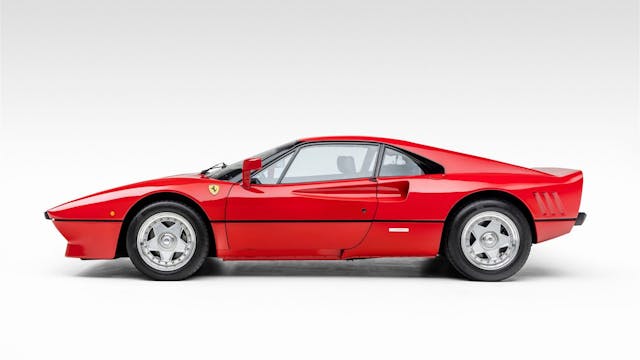
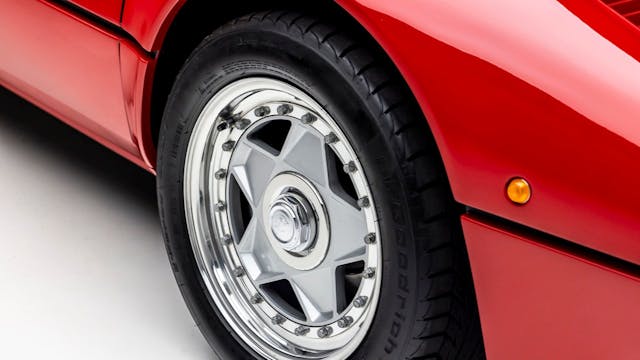
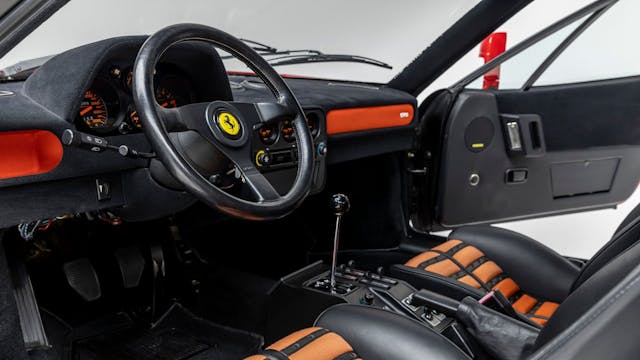
Except, that’s not quite true, because Ferrari actually built 272 of them, and the story of the last Ferrari 288 GTO is the stuff of legend.
In 1975, aboard his 312T, Andreas Nikolaus Lauda—Niki Lauda to you and me—delivered the goods for Ferrari, securing the drivers’ championship and also helping bag the constructors’ trophy for the Scuderia. In the eyes of the tifosi, those at the factory, and Enzo Ferrari himself, Lauda could do no wrong.
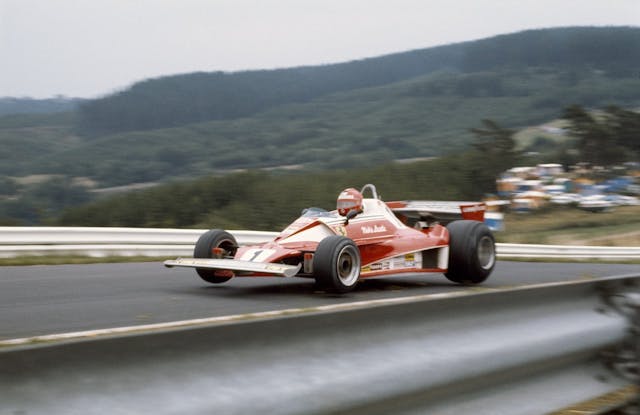
Yet the following year, things did go wrong. Lauda came close to losing his life after crashing during the German Grand Prix at the Nürburgring, where he was hoisted from the burning wreckage by fellow drivers Arturo Merzario Brett Lunger, Harald Ertl, and Guy Edwards. Without knowing whether Lauda would survive, Enzo Ferrari gave orders for Emerson Fittipaldi to take his seat, a point that Lauda found hard to forgive.
Fast forward to the final race of the season, at Fuji in Japan, and Lauda was, astonishingly, favourite to take the title over a chasing James Hunt. But the rain came down and Lauda, exercising caution, retired his Ferrari from the race. Enzo Ferrari is said to have felt that his driver should have persevered and secured a back-to-back drivers’ championship. The following year, after Enzo tried but failed to make Carlos Reutemann the team’s number one driver, Lauda gifted the Scuderia another F1 title, but his relationship with Enzo was soured. How could the old man have held a grudge when Lauda risked everything and came so close to losing his place on Earth?
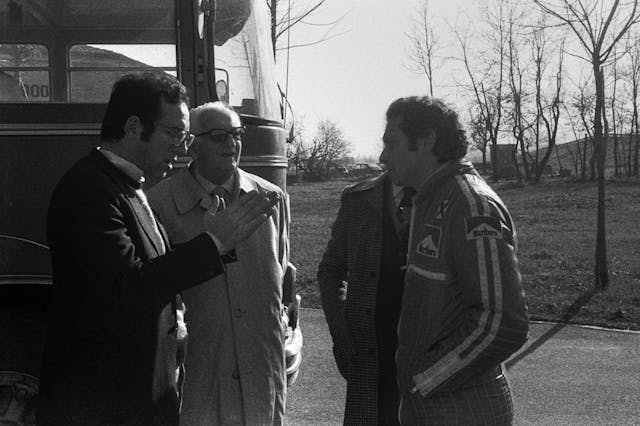
Lauda left for Brabham, retired, returned with McLaren, secured a third F1 title, and, at the end of 1985, called it a day for good. Then, perhaps to the surprise of most onlookers, Lauda took on a consultancy role with Ferrari and Fiat and expressed a desire to get his hands on an example of Ferrari’s flagship, the GTO. Which posed a problem, of course, because the folks at Ferrari knew full well that each and every car in the order book was allocated, and the last thing the company wanted to do was perform an awkward U-turn on any of its best clients.
Lauda was respectfully informed that it wouldn’t be possible for him to have a GTO. But he knew all the right people in the corridors of power at Fiat. After expressing his desire to own a GTO to Vittorio Ghidella, the CEO of Fiat, the wheels were set in motion. Despite the fact that production had by this point ended, Ghidella and Ferrari put their heads together and came up with a plan: The expense of building one more GTO would be shared between the two companies, and the presentation of the car would be done on neutral ground.
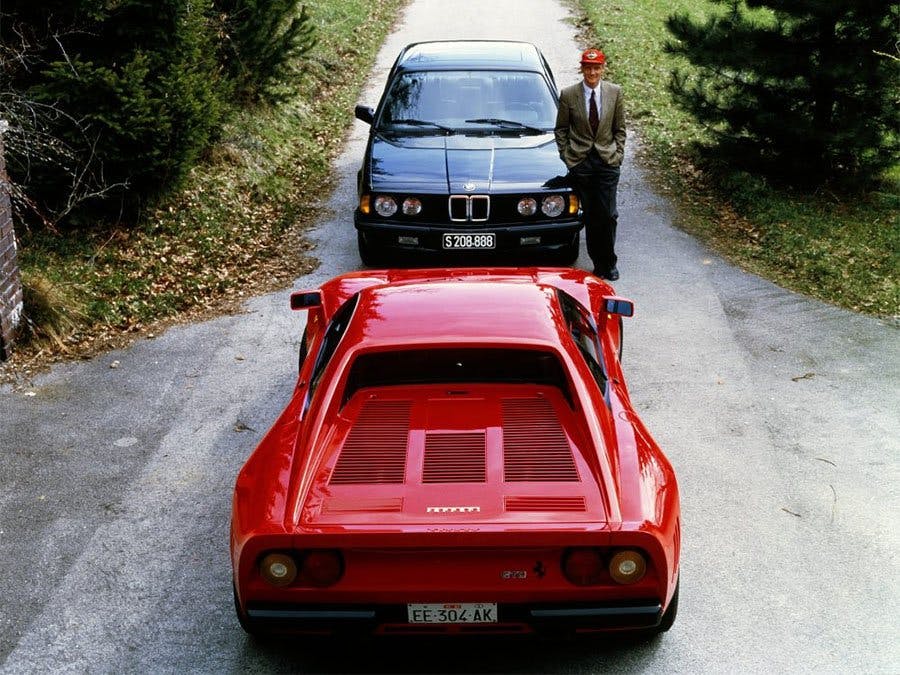
And so it was that in March 1986, Lauda’s GTO was ready. There was a discreet presentation at an airfield in Reggio Emilia, before Lauda drove—at some haste—back to Salzburg, accompanied by Austrian journalist Herbert Völker. “‘Can you feel the tail trying to swing out?’” asked the champ. ‘Yes I could, and I wish I couldn’t,’” Völker would later write.
By this time, Enzo was 88 years old and would live for just two more years. But you get the sense that, at the moment the old man handed over the keys to the GTO, Lauda knew that this gift, coming from one of the most stubborn, independently minded men he’d ever encountered, was as good an apology as he was ever going to get.
***
Check out the Hagerty Media homepage so you don’t miss a single story, or better yet, bookmark it. To get our best stories delivered right to your inbox, subscribe to our newsletters.
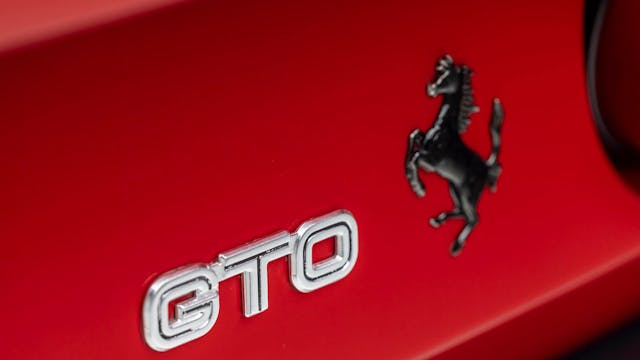


Maybe the Old Man had a heart after all? Who knew?
The old man had a heart but it was weakness to show it. Giles is an example of when he let his guard down.
The old man would have been a good military commander much like Patton. You must be willing to give all.
It was a different time and era.
I’m always interested in Il Commendatore tales. And Lauda’s 288 GTO in the above picture is just… perfect. Car designed could have ended with it and I’d have been ok with that.
Give me a GTO you would never have to say sorry for anything.